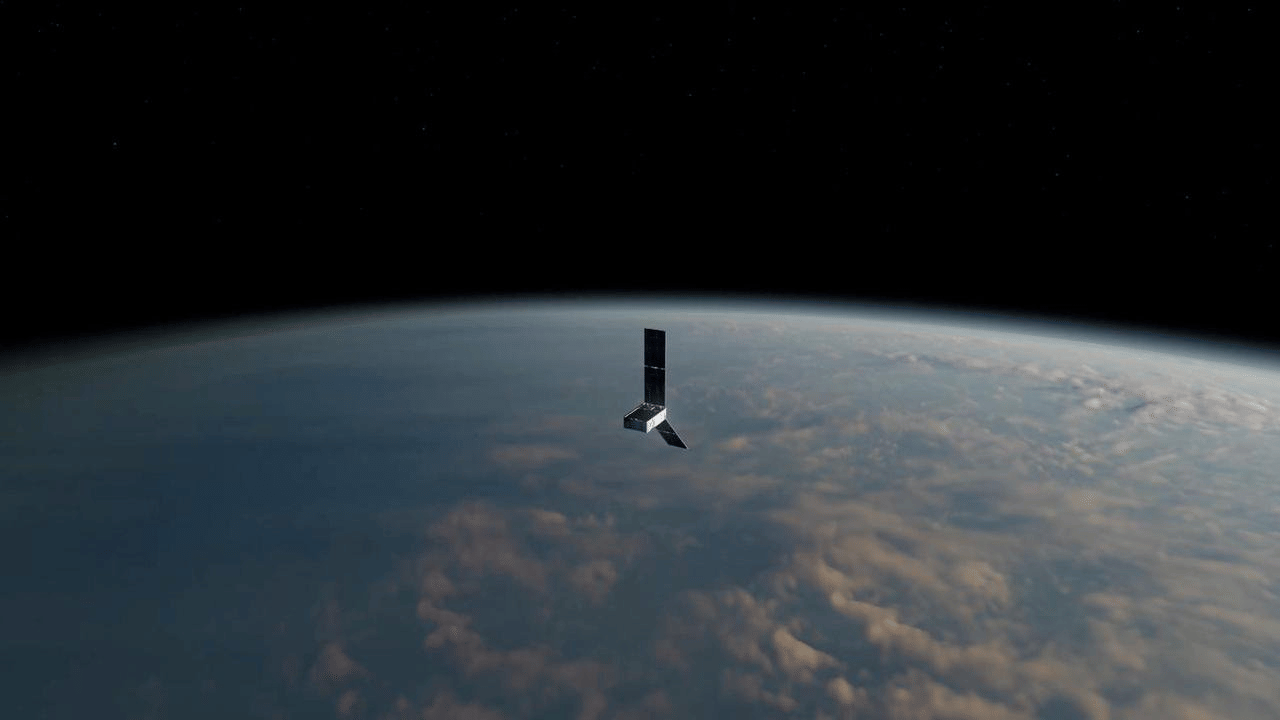New Delhi: NASA has extended the Polar Radiant Energy in the Far-InfraRed Experiment (PREFIRE) mission till at least September 2026. The pair of CubeSats were launched by an Electron Rocket by Rocket Lab in May 2024. Most of the incident radiation from the Sun is focused on the tropics, where Earth absorbs the radiation. The heat is transported to the poles of the Earth by winds, weather and ocean currents, some of which is radiated back into space. The pair of shoebox-sized satellites gauge the emission of radiation from the water vapour and clouds above the polar regions of the Earth.
The poles of the Earth receive much less heat from the Sun. The difference between the heat absorbed at the tropics and radiated out from the ends of the Earth play a significant role in the temperature of the planet. The pair of PREFIRE CubeSats are helping better understand the factors driving the dynamic climate system of the Earth, and improve weather predictions. The satellites are equipped with advanced spectrometers designed by NASA’s Jet Propulsion Laboratory in California, that are exquisitely sensitive and measure light in the far-infrared range, where the light is essentially heat.
More science in extended mission
The pair of satellites are in an asynchronous near-polar orbit, passing the poles a few hours from one another, providing two snapshots of the same area over time, allowing scientists to track phenomena that occur over short timescales. So far, the PREFIRE satellites have been focused on the polar regions, but they have the capacity to capture data on the entire globe. In the extended mission, NASA scientists will be conducting analysis of data captured globally. The additional data will be incorporated into weather prediction models, and improve the understanding of the circulation of moisture, which impacts the formation of storms and the movement of precipitation across the planet.
